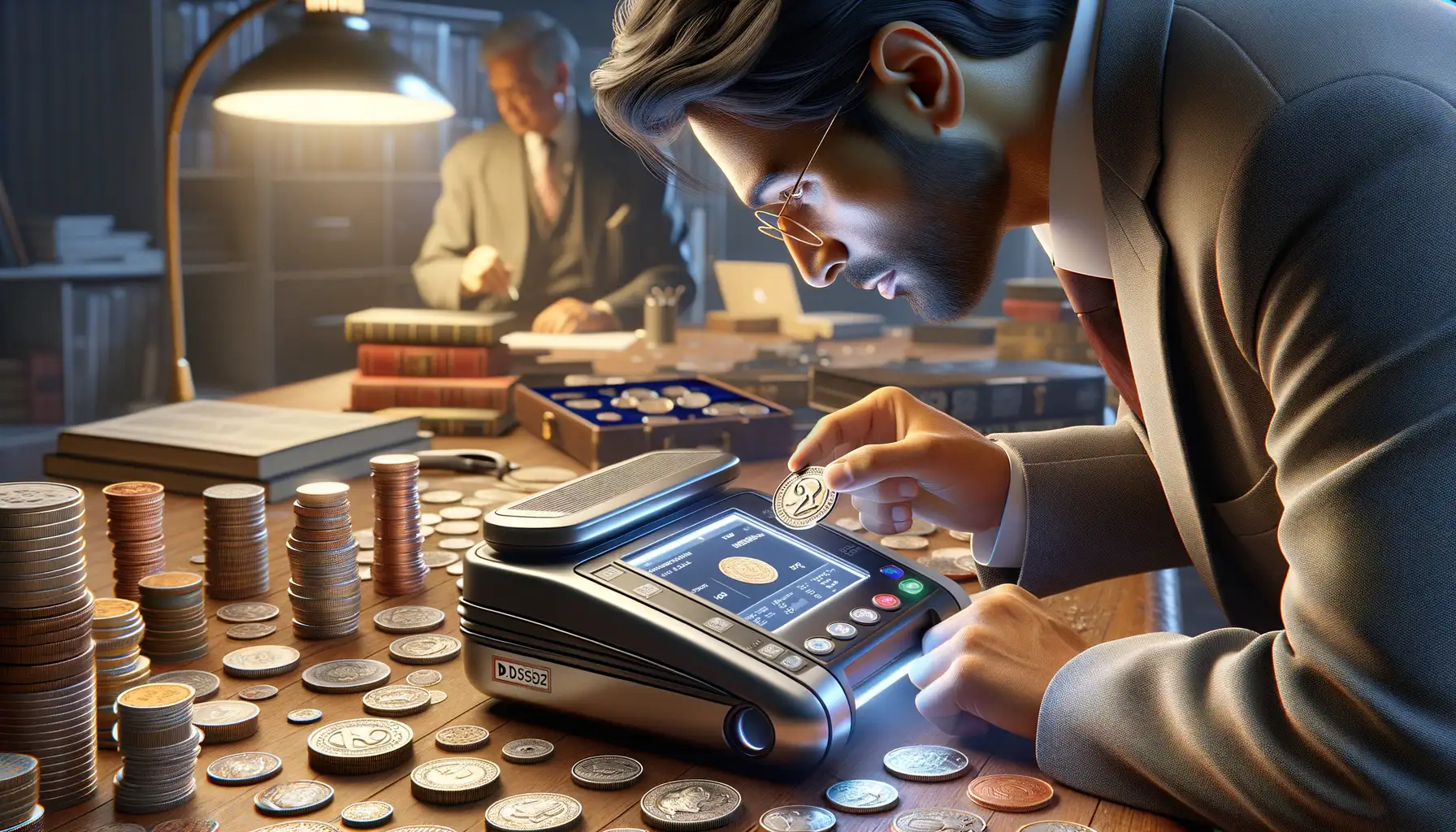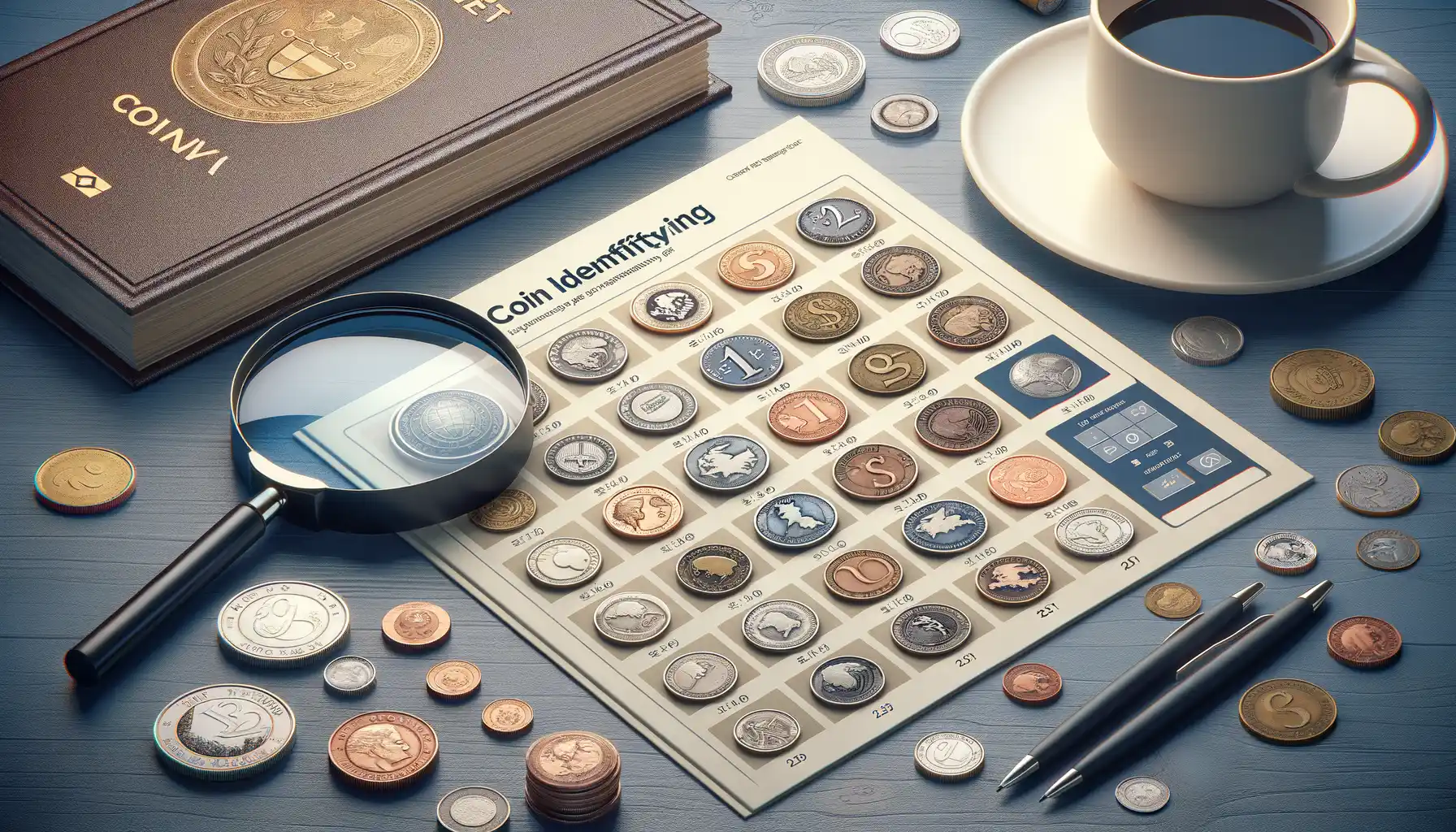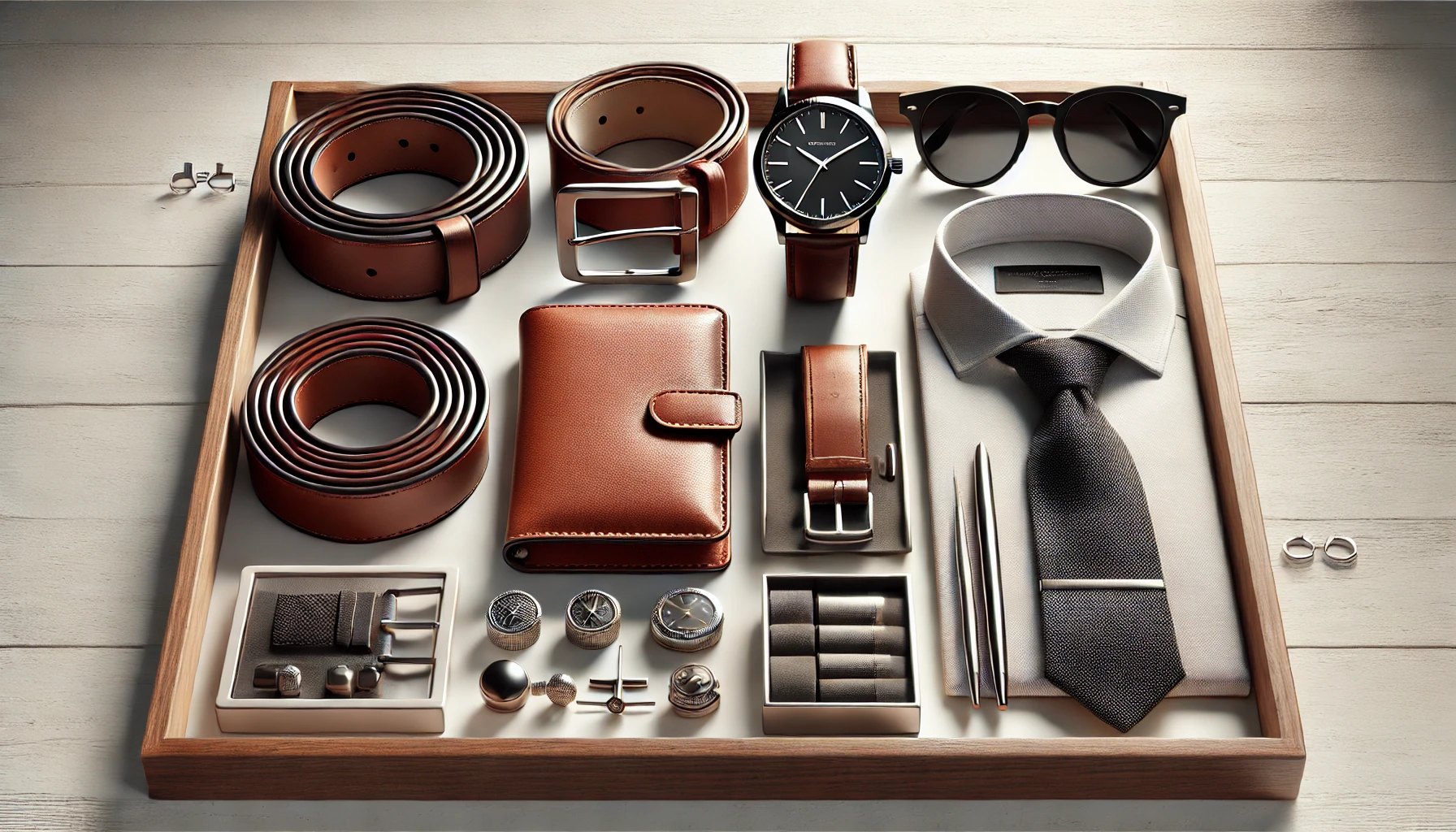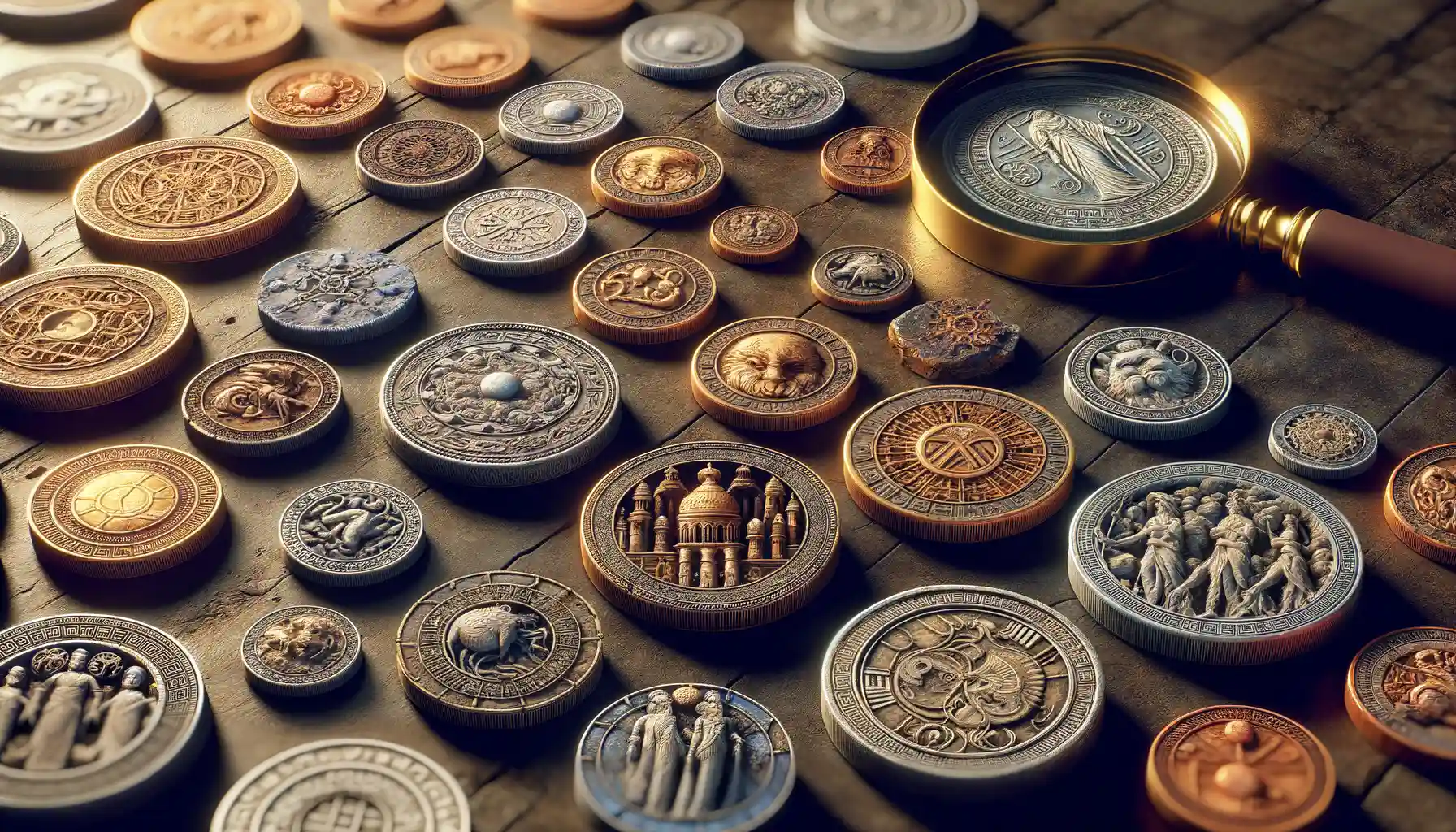Historical Overview of Byzantine Coinage
The Glittering Origins of Byzantine Coinage
Step back in time to the 4th century, when the Byzantine Empire began its journey of blending Roman traditions with its own unique identity. The coins minted during this era weren’t just currency—they were symbols of power, faith, and splendor. Imagine holding a coin struck under Emperor Constantine I, where the shine of gold reflects both imperial authority and divine connection.
Byzantine coins, particularly the cherished solidus, carried intricate Christian imagery, such as crosses or portraits of Christ, replacing the pagan symbols of Rome. These coins were more than money; they were miniature works of art and devotion, traveling across Europe and Asia and whispering stories of trade, war, and diplomacy.
Evolution Through Emperors and Eras
Over the centuries, Byzantine coinage transformed dramatically:
- 5th–7th centuries: Gold dominated, with emperors’ busts elegantly framed in intricate designs, exuding divine kingship.
- 9th–11th centuries: Coins shifted towards more detailed religious motifs, with saints and full-length Christ figures adorning their faces.
- 12th–15th centuries: As the empire’s fortunes waned, silver and bronze coins became prominent, reflecting a fragile economy yet retaining artistic brilliance.
Each coin is a tangible piece of history, echoing the empire’s rise, golden age, and eventual decline. You don’t just collect these treasures—you commune with the hands that once held them.
Notable Rare Coins and Their Characteristics
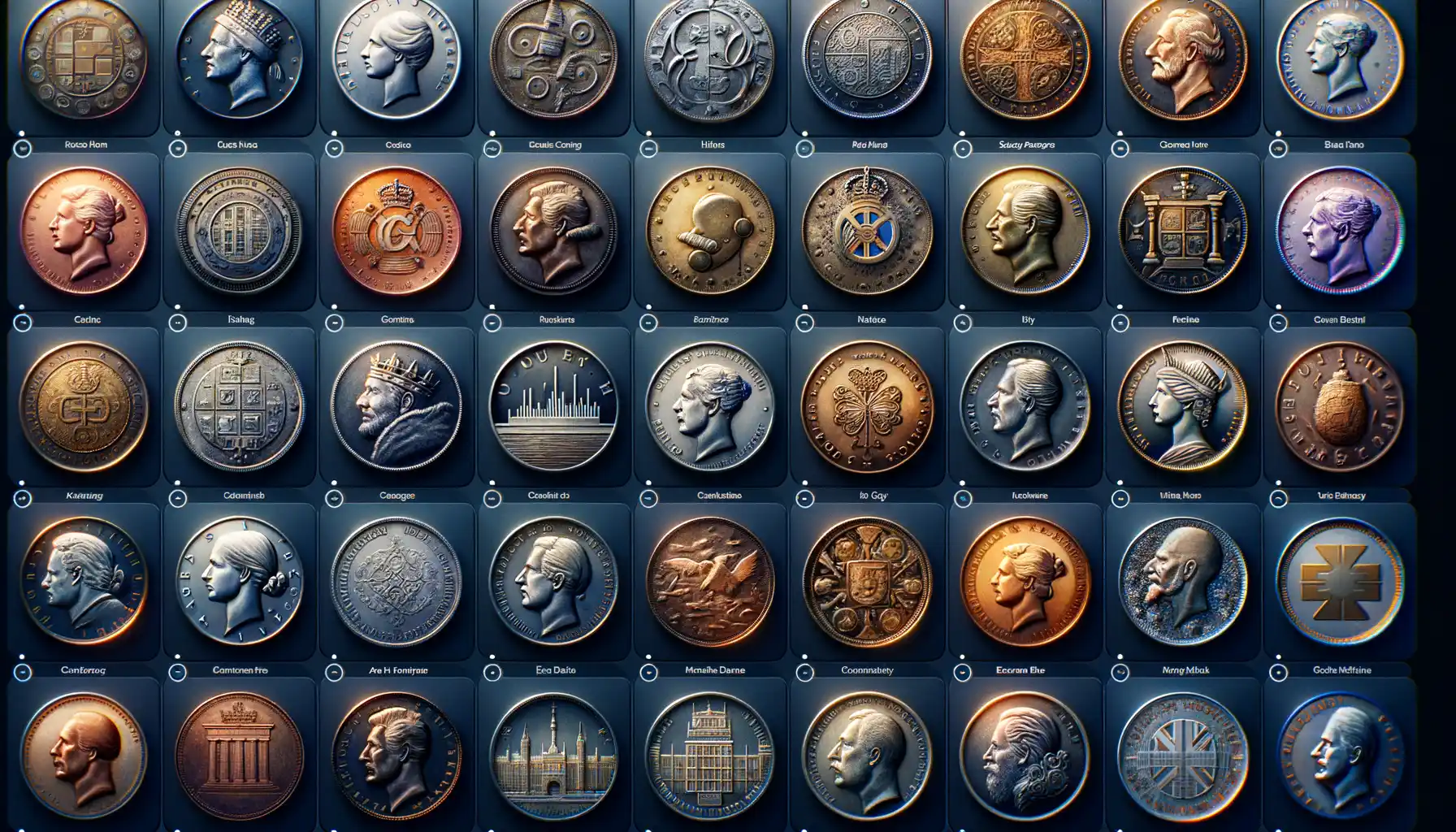
Exquisite Masterpieces of Byzantine Minting
Picture this: a coin so stunning, it feels like you’re holding history’s heartbeat in the palm of your hand. That’s the allure of some of the most remarkable coins from the Byzantine Empire! One such treasure is the Solidus of Constantine VII Porphyrogennetos, a gold coin so detailed it could pass as a miniature work of art. Its shimmering surface features the emperor in breathtaking regalia—proof of the precision and pride the Byzantines poured into their minting.
Equally captivating is the rare Histamenon Nomisma, struck during the reign of Basil II. This coin is famous for its unusual concave shape, reflecting not just innovation but also the Byzantine flair for artistic engineering. While one side showcases Jesus Christ in intricate detail, the other spotlights the emperor himself, a bold statement of divine rule woven into metal.
- Gold Tetarteron Coins: Known for their smaller size and unique aesthetic, they’re an anomaly that any collector would crave.
- Miliaresion Silver Coins: Rare, elegant, and often tied to momentous historical events, these bring a monochromatic charm to any collection.
Each coin whispers stories of emperors, battles, and faith, adding immeasurable soul to their shining surfaces.
Factors Influencing the Value of Byzantine Coins
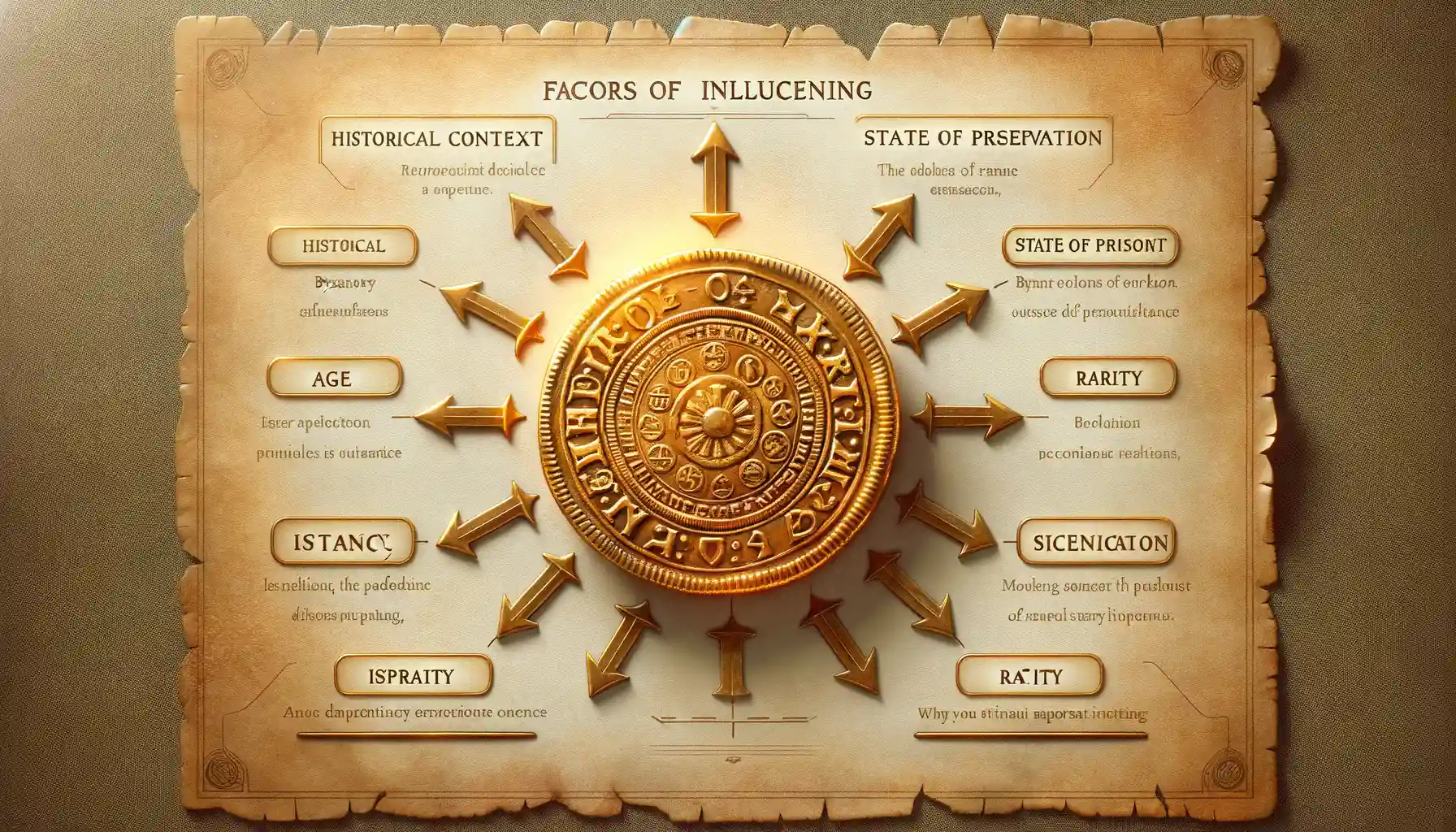
The Dance Between Rarity and History
When it comes to the value of Byzantine coins, the most influential factor is their rarity—and oh, what a story rarity can tell! Some coins were minted in such small quantities that discovering one feels like unearthing a piece of lost treasure. For instance, a coin celebrating the reign of Basil I or Constantine VII might be highly sought after due to limited production runs or historical upheavals during their rule. The fewer coins survive, the higher their desirability among collectors eager to hold a tangible slice of the past.
Condition, Intrigue, and Locale
Condition whispers its importance, too. A well-preserved coin with crisp details—perhaps bearing Christ Pantocrator’s face or intricate imperial symbols—commands far more attention (and value) than one worn by time. Coins unearthed near famous Byzantine cities, such as Constantinople, bring added allure because they carry the echoes of pivotal historical events.
Certain factors play subtle roles:
- Does the coin feature rare inscriptions or notable errors?
- Is it tied to a critical moment, like the fall of Constantinople in 1453?
- What materials—gold, silver, or bronze—were used, reflecting the empire’s prosperity?
Each Byzantine coin isn’t just currency—it’s a conversation starter, a time machine, and an artifact rolled into one compact relic.
Collecting and Preserving Byzantine Coins
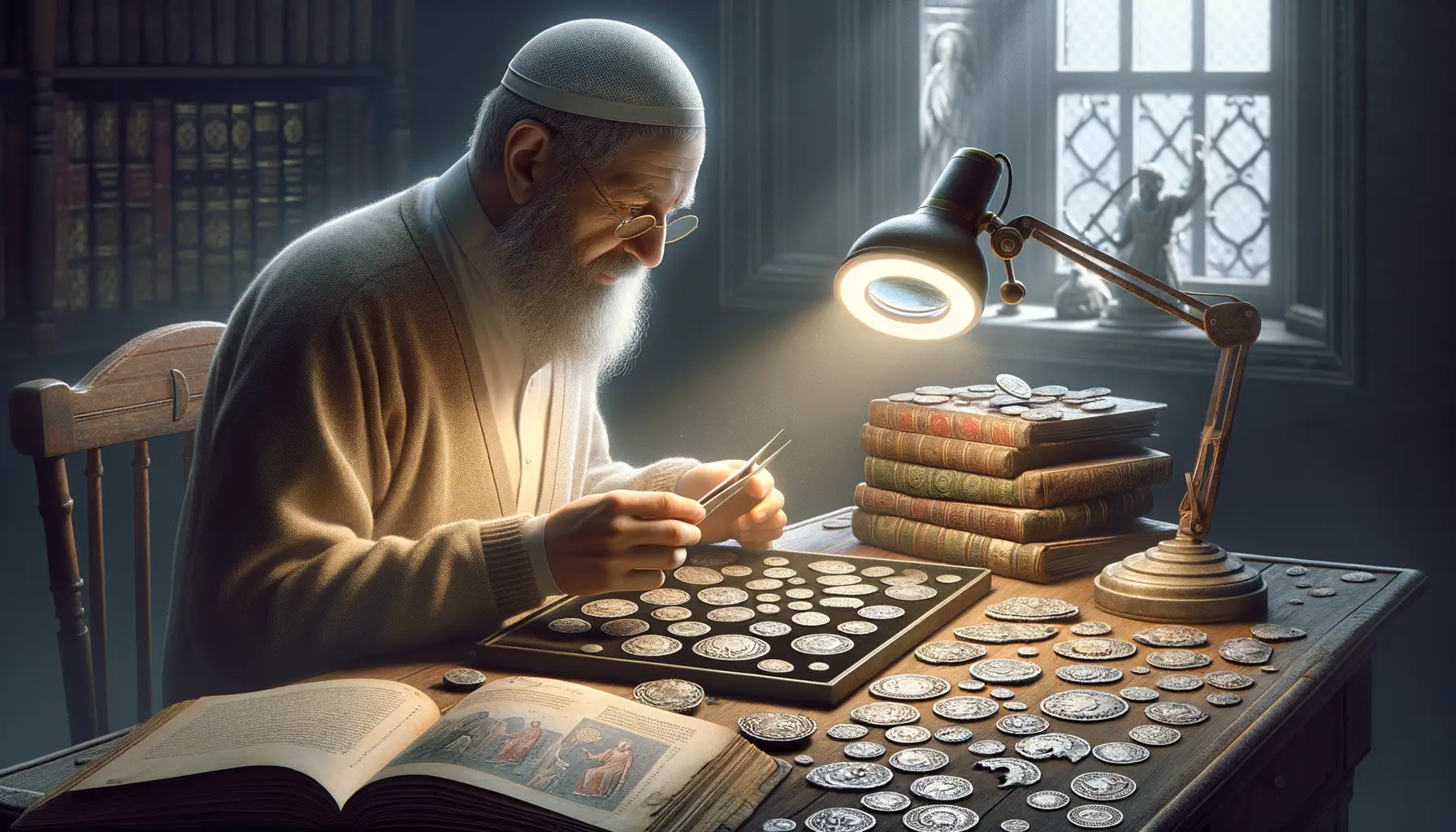
Breathing New Life into Ancient Treasures
Holding a Byzantine coin in your hand is like grasping a fragment of history that has survived empires, invasions, and the passage of time. But collecting these rare coins isn’t just about owning something old; it’s about protecting their delicate beauty for future generations.
To preserve them, imagine treating each coin like a fragile manuscript. Keep them away from direct sunlight and humidity—these are their greatest enemies. And yes, resist the temptation to scrub off tarnish! That patina? It’s centuries of history etched on the surface. A gentle rinse in distilled water is often all they really need.
For storage, invest in high-quality coin flips or archival-grade holders. This helps prevent scratches or chemical reactions with the air. Want something extra special? Display them in a velvet-lined tray—perfect for marveling at their intricate designs while keeping them safe.
- Avoid handling coins with bare hands; always use cotton gloves or hold by the edges.
- Regularly check your collection for any signs of corrosion or discoloration.
When you care for these treasures thoughtfully, you’re not just preserving metal—you’re keeping Byzantium alive.
Tips for Identifying Authentic Byzantine Rare Coins
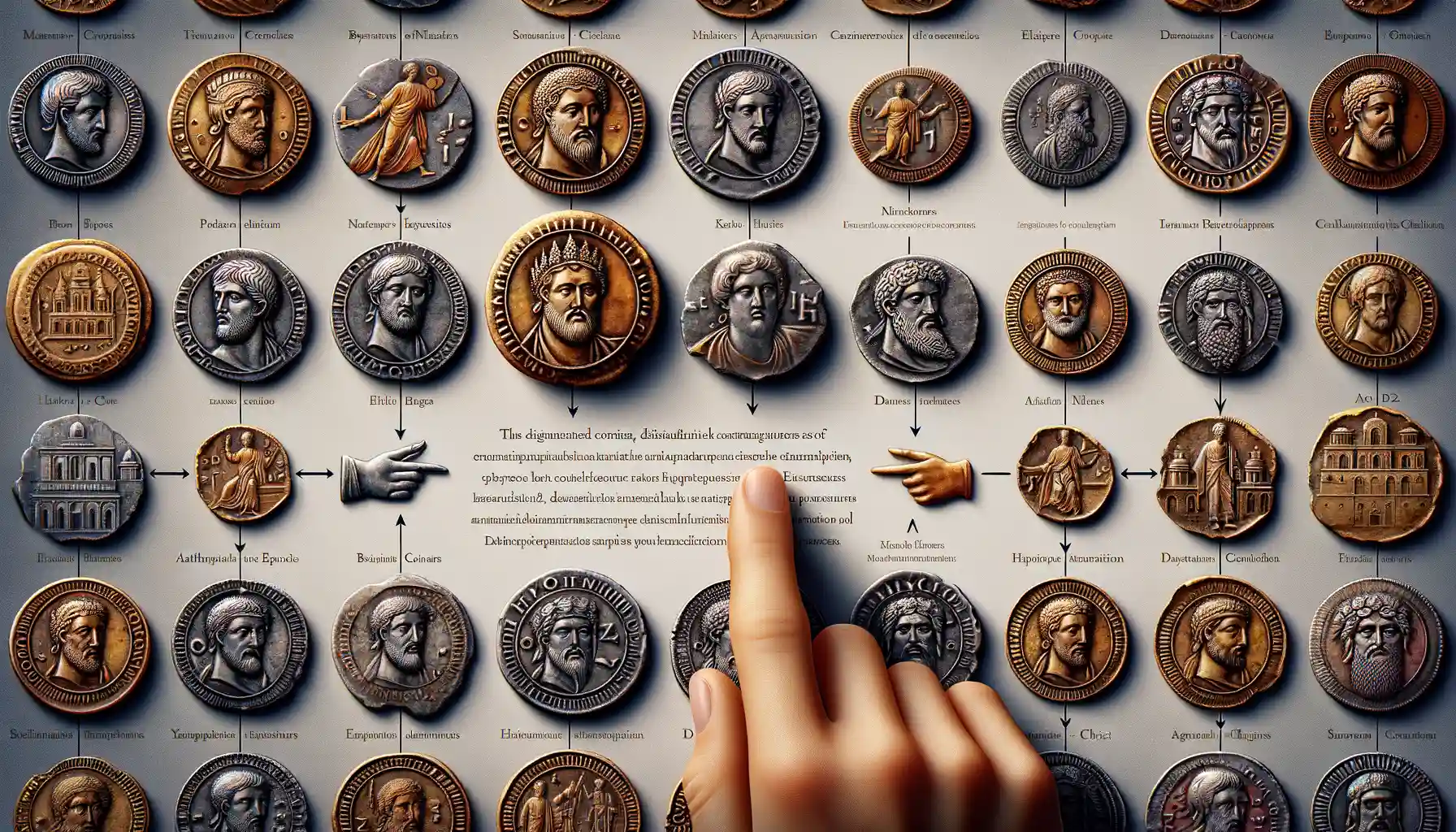
Know the Telltale Signs of an Authentic Byzantine Coin
Collecting rare coins from the Byzantine Empire can feel like stepping into a treasure chest of history. But how do you separate a true ancient gem from a cleverly crafted fake? Here’s what to look for.
First, examine the coin’s *weight and size*. Genuine Byzantine coins were struck with remarkable consistency. If a gold solidus feels too light or heavy, it might not be authentic. A genuine example will align closely with its historical standards.
Next, inspect the designs under good lighting. Authentic coins showcase intricate details, such as rulers’ portraits, symbolic religious imagery, and crisp inscriptions in Greek or Latin. Fakes often blur these elements or get small motifs wrong, like crosses or imperial attire.
Finally, trust your gut and a reputable dealer. If the coin seems too polished or “perfect,” it may not have shared 1,500 years of history! Keep your curiosity sharp—every detail tells a story.

